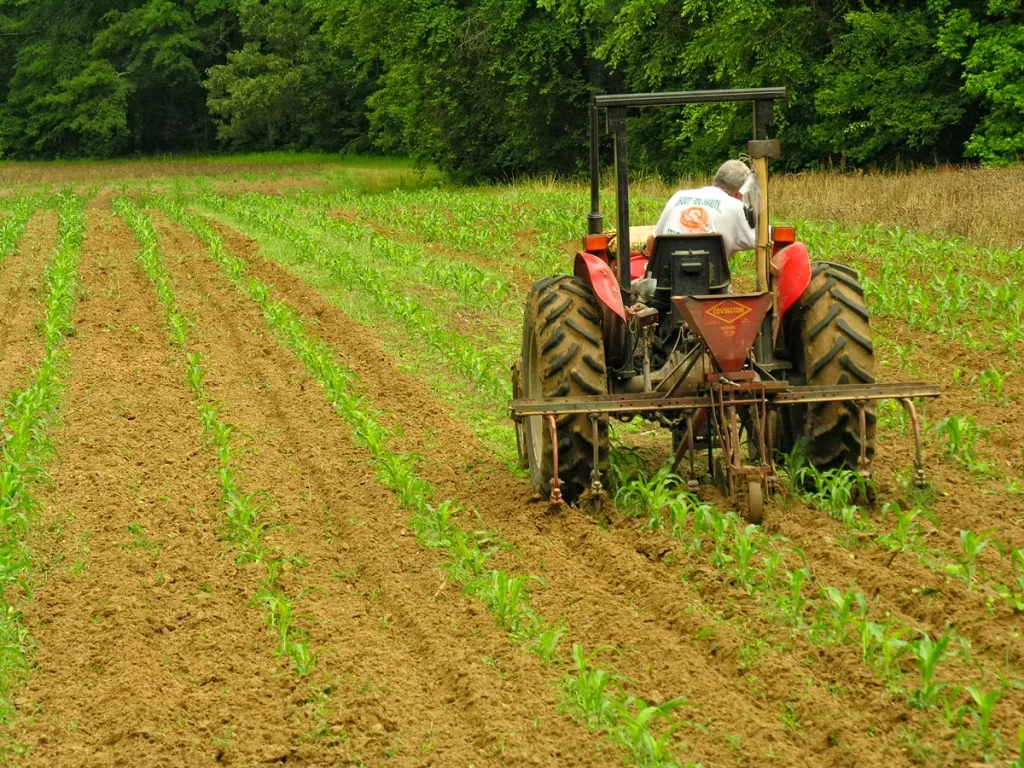Mastering the Harvest – The Ultimate Guide to Selecting Ideal Food Plot Seeds
Mastering the harvest begins with the careful selection of ideal food plot seeds, a crucial step for any avid farmer or wildlife enthusiast looking to enhance the yield and quality of their harvest. Choosing the right seeds can make a significant difference in the success of a food plot, whether it is intended for agricultural purposes or wildlife management. The ultimate guide to selecting these seeds involves a thoughtful consideration of various factors that contribute to a thriving and sustainable ecosystem. First and foremost, understanding the local climate and soil conditions is paramount. Different seeds thrive in specific environments, so tailoring your selection to the unique characteristics of your land ensures optimal growth. Conducting a soil test can provide valuable insights into nutrient levels, pH, and other factors influencing seed germination and plant development. Armed with this knowledge, farmers and land managers can make informed decisions about which seeds will flourish in their particular setting.

Another crucial aspect is identifying the specific goals for the food plot. Are you aiming to attract wildlife, such as deer or turkeys, for hunting or observation purposes? Alternatively, are you cultivating the plot for agricultural reasons, with the intention of producing crops for human or livestock consumption? Different seeds cater to diverse purposes, and aligning your goals with the right seed varieties is essential for success. Consideration should also be given to the nutritional needs of the target wildlife, if that is the primary objective. Certain seed blends are formulated to provide optimal nutrition for specific species, supporting their health and contributing to overall habitat sustainability. For agricultural plots, selecting seeds that align with the intended crop rotation and complement the existing planting schedule is key to maximizing productivity.
It is equally important to choose seeds that exhibit resilience to local pests and diseases. Resistant varieties can help mitigate potential threats, reducing the need for excessive pesticide use and promoting a more eco-friendly approach to agriculture and visit site. Additionally, opting for seeds that have been genetically modified for improved resistance to adverse conditions can contribute to a more robust and reliable harvest. In conclusion, mastering the harvest through the selection of ideal food plot seeds is a multifaceted process that requires careful consideration of environmental factors, specific goals, nutritional requirements, and resilience to pests. By approaching seed selection with a strategic mindset and a commitment to sustainability, farmers and land managers can create thriving food plots that not only fulfill their objectives but also contribute to the overall health and balance of the ecosystem. Ultimately, the right seeds lay the foundation for a bountiful harvest and a successful, sustainable land management strategy.